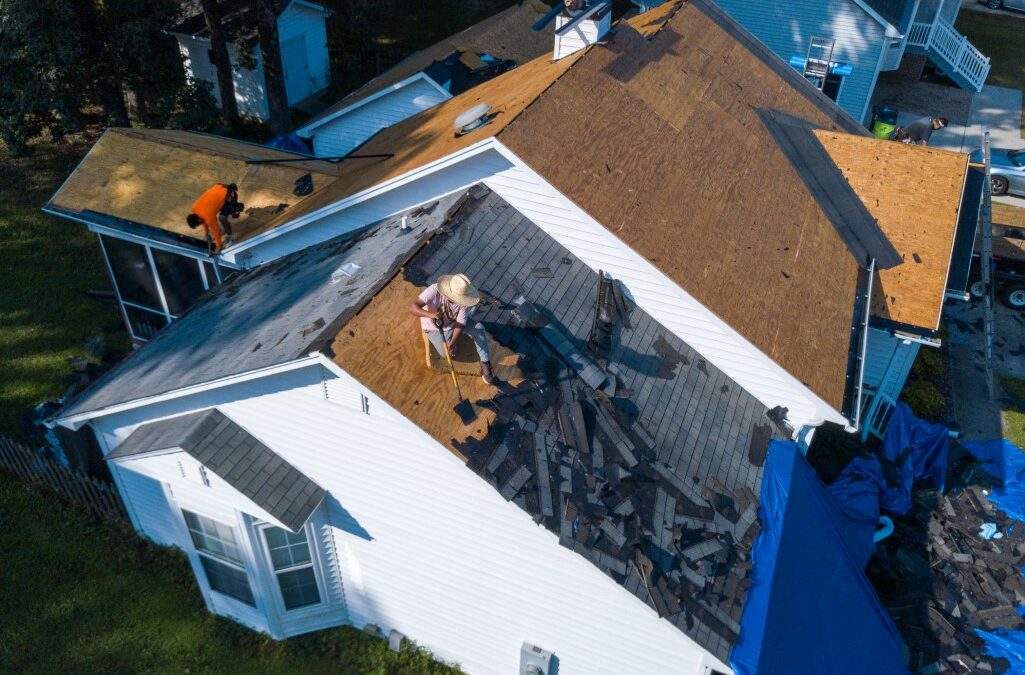Welcome, fellow homeowners! Are you tired of feeling lost in the labyrinth of roof replacement warranties? Fear not! We’re here to guide you on a journey of decoding the perplexing terminology.
In this concise article, we’ll unravel the mysteries of duration, coverage, transferability, prorated value, material and workmanship guarantees, as well as the sneaky exclusions and limitations.
Get ready to understand the fine print like never before, ensuring that you’re equipped with the knowledge to make informed and confident decisions.
Let’s embark on this enlightening adventure together!
Key Takeaways
- Duration and coverage are important factors to consider when choosing a roof replacement warranty.
- Transferability and prorated value should be understood to ensure a smooth transfer and realistic expectations of compensation.
- Material and workmanship guarantees provide additional protection for the quality and longevity of the new roof.
- Exclusions and limitations should be carefully reviewed to avoid surprises or disappointments regarding coverage.
Duration and Coverage
When considering a roof replacement warranty, it’s important to understand the duration and coverage provided.
The duration of the warranty refers to the length of time the coverage will be in effect. This is a crucial cost consideration, as longer warranties usually come with higher upfront costs. However, they provide peace of mind and protection for a longer period.
Coverage, on the other hand, refers to what the warranty will cover. It’s important to carefully review the warranty terms to ensure that it includes protection for common issues such as leaks, damage from severe weather, and faulty materials.
Understanding the warranty claim process is also essential. It’s advisable to choose a warranty with a straightforward claim process to avoid any potential complications or delays.
Transferability and Prorated Value
Now let’s delve into the subtopic of transferability and prorated value in roof replacement warranties.
Transferability benefits refer to the ability to transfer the warranty to a new homeowner if you decide to sell your property. This is a valuable feature as it adds to the resale value and appeal of your home. However, it’s important to understand that transferability benefits may come with certain conditions and fees, so it’s crucial to read the fine print.
Prorated value calculations determine the amount you’ll receive if a defect occurs within the warranty period. This calculation takes into account the age of the roof and depreciates its value over time. It’s essential to understand how prorated value is calculated to ensure you have realistic expectations regarding potential reimbursements.
Material and Workmanship Guarantees
Let’s continue our exploration of roof replacement warranties by delving into the subtopic of material and workmanship guarantees.
When it comes to roof replacements, material and workmanship guarantees play a crucial role in ensuring the quality and longevity of your new roof. These guarantees provide protection against defects in the materials used and the workmanship involved in the installation process.
It’s important to understand that material and workmanship guarantees are separate from the manufacturer’s warranty on the roofing materials themselves. Common misconceptions often arise regarding the coverage of material and workmanship guarantees. It’s essential to carefully review the terms and conditions of these guarantees, as they may vary depending on the roofing contractor.
Additionally, cost considerations should be taken into account, as some contractors may offer extended material and workmanship guarantees at an additional cost.
Exclusions and Limitations
Continuing our exploration of roof replacement warranties, we’ll now delve into the subtopic of exclusions and limitations, which involve specific conditions and restrictions that may affect the coverage provided.
It’s important to understand the common exclusions that may void the warranty, such as damage caused by improper maintenance, neglect, or unauthorized repairs.
Additionally, some warranties may not cover damage resulting from certain weather conditions, such as hailstorms or hurricanes. The impact of weather conditions can be a significant factor in determining the coverage provided by a roof replacement warranty.
It’s crucial to carefully review the terms and conditions of the warranty to fully understand the limitations and exclusions that may apply. By doing so, homeowners can avoid any surprises or disappointments in the event of a claim.
Understanding the Fine Print
We should familiarize ourselves with the fine print of roof replacement warranties to ensure we understand all the terms and conditions. It’s important to dispel common warranty misconceptions and recognize the significance of regular roof maintenance.
Many homeowners mistakenly believe that a warranty covers any damage that occurs to their roof, regardless of the cause. However, warranties typically have exclusions and limitations that specify what’s and isn’t covered. It’s crucial to carefully review these details to avoid any surprises in the future.
Additionally, regular roof maintenance is essential to uphold the warranty’s validity. Failure to properly maintain the roof, such as neglecting inspections and necessary repairs, can lead to the warranty being voided.
Conclusion
In conclusion, navigating the complexities of roof replacement warranties can be daunting. However, armed with the knowledge of key terminology, you can confidently decipher the fine print and make informed decisions.
Remember, understanding the duration, coverage, transferability, and exclusions is paramount. By decoding the language, you can ensure that your investment in a new roof withstands the test of time, leaving you with peace of mind and protection for years to come.

